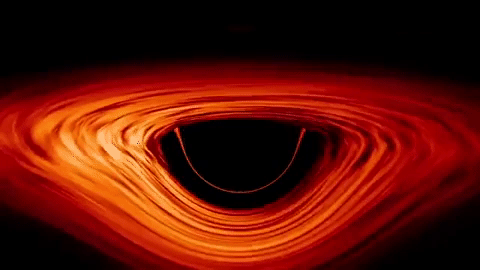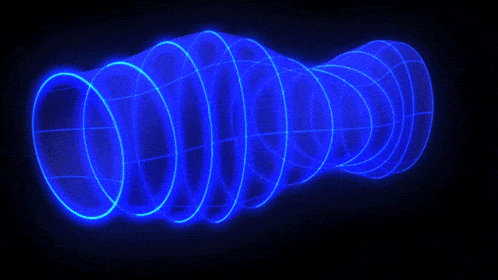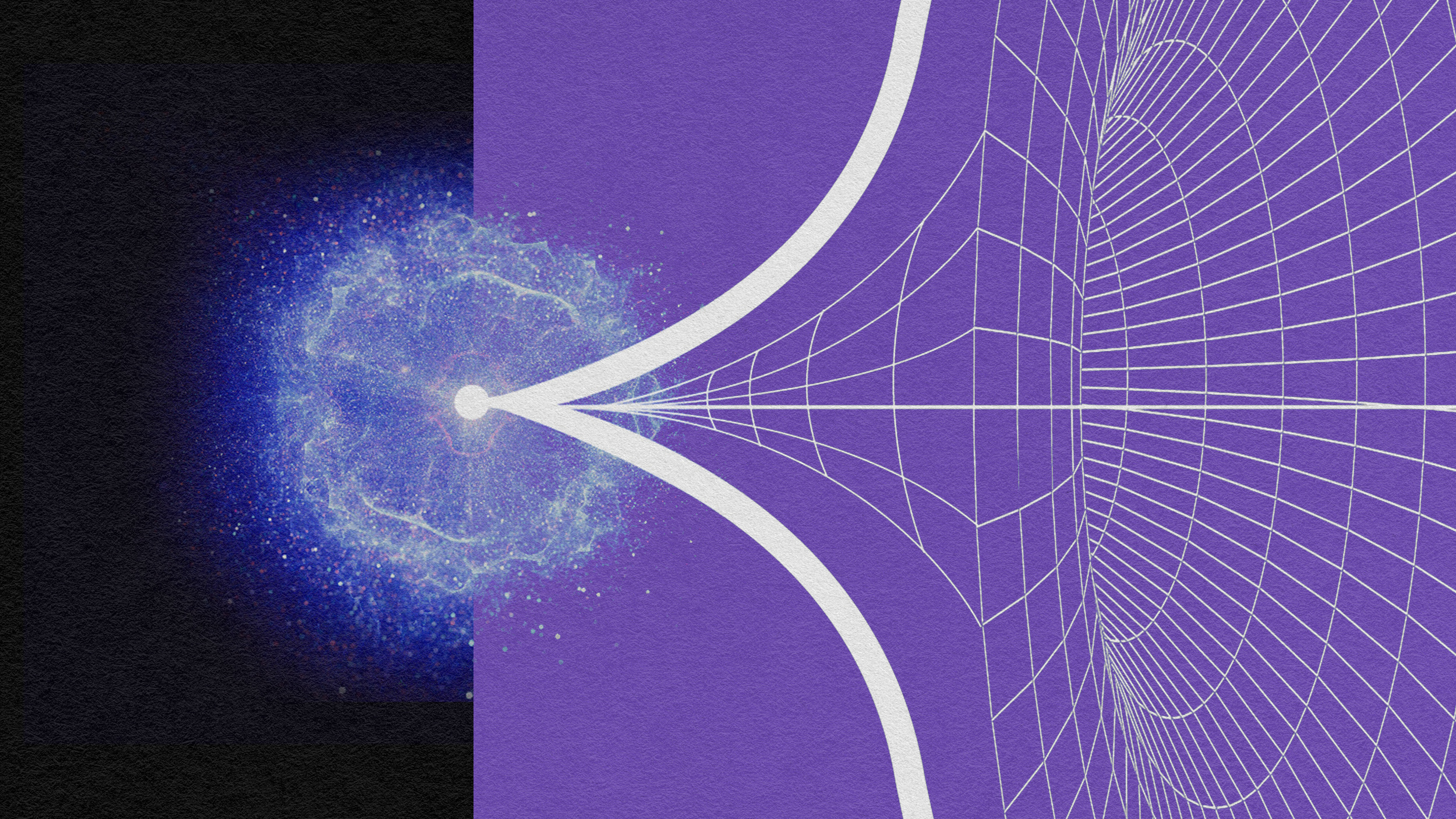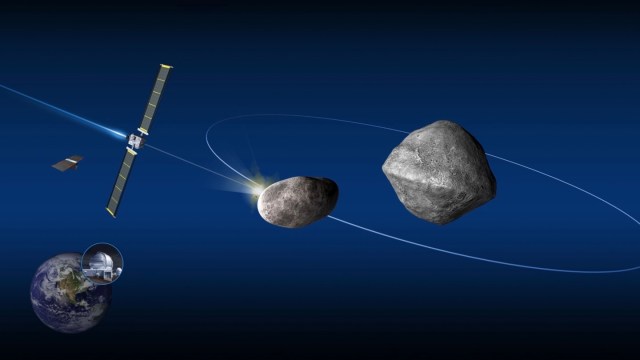WATCH: NASA’s mesmerizing new black hole visualization

NASA
- In April 2019, scientists released the first image of a black hole, but its low resolution makes it hard to understand what a black hole might look like.
- The new visualization was made using special software at NASA’s Goddard Space Flight Center.
- Created by Jeremy Schnittman, the visualization hopefully makes Einstein’s theory of special relativity a bit easier to understand.
In April 2019, the Event Horizon Telescope team released the first image of a black hole — an extremely dense object from which not even light can escape. Capturing the image took hundreds of scientists, years of work and eight telescopes, but the low resolution makes it hard to get a sense of how black holes actually look. Now, a new NASA animation offers a clue.
The visualization, created by Jeremy Schnittman at NASA’s Goddard Space Flight Center, shows how a black hole’s gravity distorts the light around it, like a carnival mirror. The gravitational pull is so extremely strong that we’re able to see, from our angle, light that’s traveling under and behind the black hole. NASA writes:
“Seen nearly edgewise, the turbulent disk of gas churning around a black hole takes on a crazy double-humped appearance. The black hole’s extreme gravity alters the paths of light coming from different parts of the disk, producing the warped image. The black hole’s extreme gravitational field redirects and distorts light coming from different parts of the disk, but exactly what we see depends on our viewing angle. The greatest distortion occurs when viewing the system nearly edgewise.”

NASA
You might notice that the left side of the black hole’s accretion disk — a ring of hot matter that orbits a black hole near the speed of light — appears brighter than the right side, a phenomenon that’s explained by the Doppler effect.
“Glowing gas on the left side of the disk moves toward us so fast that the effects of Einstein’s relativity give it a boost in brightness; the opposite happens on the right side, where gas moving away us becomes slightly dimmer,” NASA wrote. “This asymmetry disappears when we see the disk exactly face on because, from that perspective, none of the material is moving along our line of sight.”
The visualization hopefully makes it easier to understand Einstein’s theory of special relativity.
“Simulations and movies like these really help us visualize what Einstein meant when he said that gravity warps the fabric of space and time,” said Schnittman. “Until very recently, these visualizations were limited to our imagination and computer programs. I never thought that it would be possible to see a real black hole.”
It’s currently Black Hole Week at NASA, so if you’ve ever wanted to learn more about one of the cosmos’ strangest creations, you can head over to the agency’s website.





